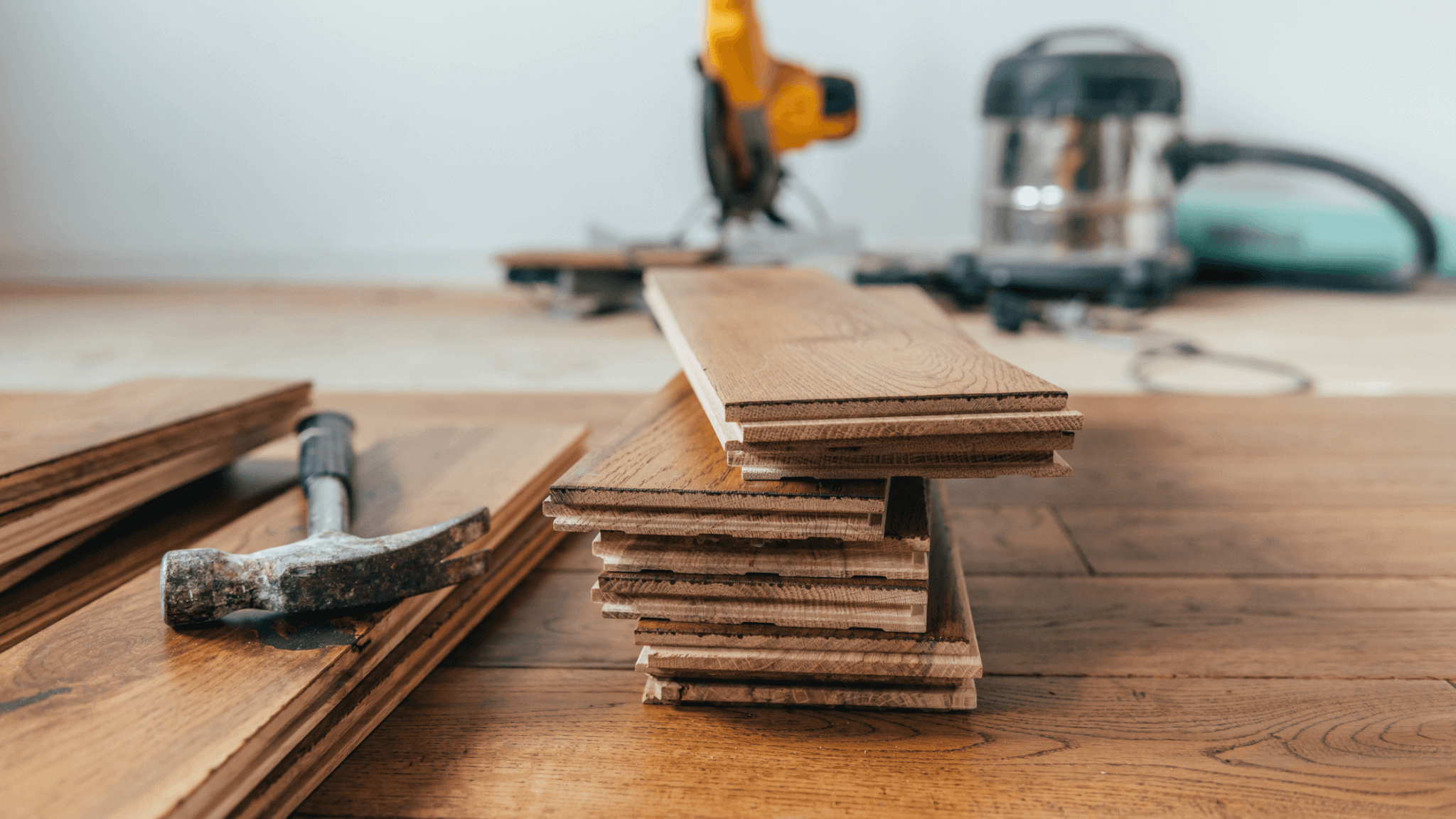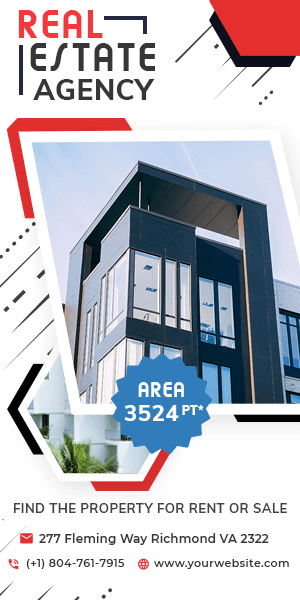Hardwood floors have long been a go-to choice for homeowners, but they’re not always the most practical option. For those who want the look of hardwood without the cost or maintenance, alternatives like luxury vinyl plank (LVP) and wood-look tiles can deliver the same aesthetic appeal with fewer drawbacks. Explore why hardwood might not always be ideal and highlight six great alternatives.
Hardwood is nice, but…
While hardwood flooring is undeniably beautiful, it can also present challenges that make it less practical for certain homes or lifestyles. From durability concerns to cost, here are reasons why many homeowners are opting for alternatives.
Durability
Hardwood floors are prone to scratches, dents, and wear, especially in high-traffic areas or homes with kids and pets. Spills and moisture can also cause significant damage, leading to warping or staining. Refinishing can restore some of the surface’s original appeal, but this process is both time-consuming and costly, leaving homeowners searching for something more resilient.
Cost
Hardwood flooring is one of the most expensive options available in terms of material and installation. For materials alone, prices can range from $8 to $15 per square foot, and installation often doubles the total cost. This price tag can feel out of reach for budget-conscious homeowners, making alternatives more appealing.
Maintenance
Hardwood floors require a regular cleaning routine to preserve their shine and quality. Over time, they may need refinishing to address surface scratches or fading. Moisture exposure, even from simple spills, can lead to lasting damage, making hardwood less forgiving than other flooring types.
Limited moisture resistance
Hardwood isn’t suitable for areas where moisture levels fluctuate, such as bathrooms, kitchens, or basements. Even minor exposure to water can cause swelling, discoloration, or buckling, limiting its versatility throughout the home.
7 alternatives to hardwood that look just as nice
If hardwood isn’t the right fit for your home, these options provide similar aesthetics with greater durability, affordability, or ease of maintenance.
1. Luxury vinyl plank (LVP)
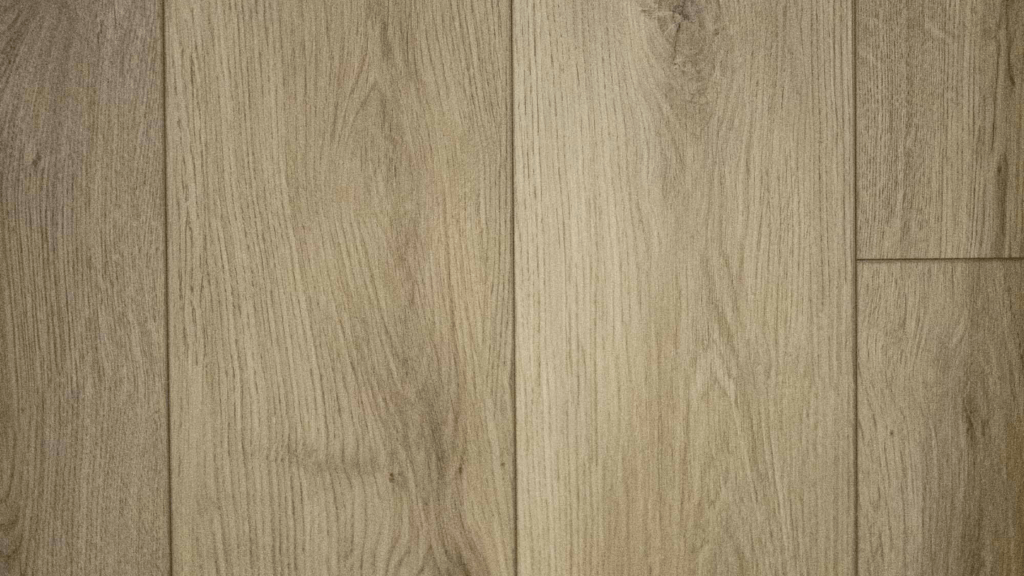
| Pros | Cons |
| – Water-resistant and durable – Affordable compared to hardwood – Wide range of styles and colors | – Can feel less authentic underfoot – Susceptible to scratches from heavy furniture |
Luxury vinyl plank (LVP) has become one of the most popular hardwood alternatives, offering an impressive blend of affordability, durability, and aesthetics. These planks are designed to mimic the appearance of hardwood, complete with realistic textures and grain patterns, but they are constructed from layered PVC for enhanced resilience. LVP is scratch- and water-resistant, making it an excellent choice for families with kids or pets. It’s also a great option for kitchens and bathrooms, where hardwood might not hold up due to moisture.
Compared to hardwood, LVP is easier to install thanks to its click-and-lock design, which makes it a common choice for DIY enthusiasts. Homeowners can choose from various finishes, from rustic oak to sleek maple, allowing it to match nearly any interior design style.
Tips:
Use felt pads on furniture to prevent scratches, and clean regularly with a damp mop and a mild cleaner designed for vinyl.
2. Wood-look tiles
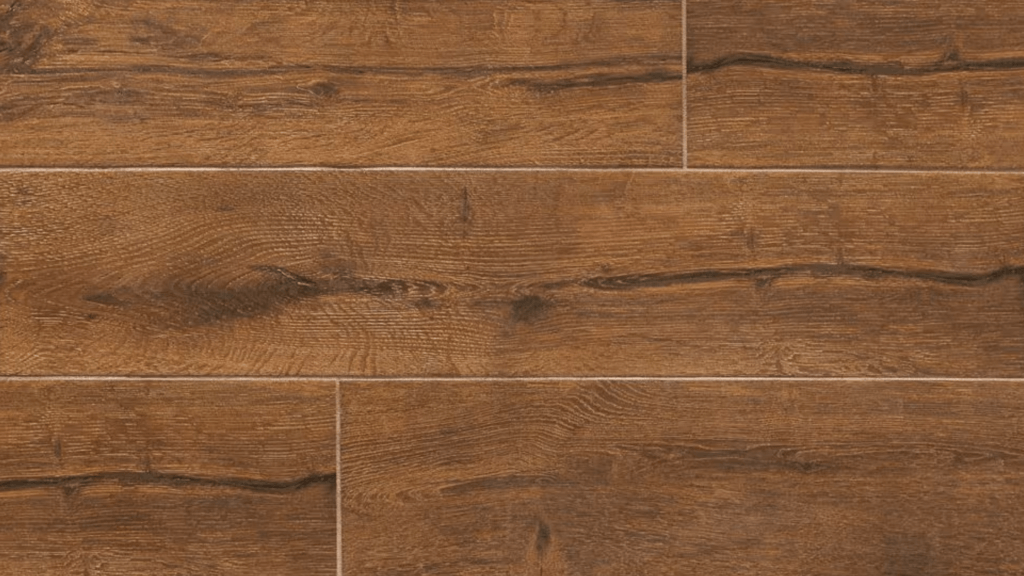
| Pros | Cons |
| – Extremely durable – Great for wet areas like bathrooms – Mimics natural wood grain | – Cold underfoot without radiant heating – Harder to install |
Wood-look tiles combine hardwood’s warmth with ceramic or porcelain’s resilience. They replicate the texture and appearance of natural wood, but their material composition makes them ideal for areas with high humidity or heavy wear and tear. They’re especially popular in bathrooms, kitchens, and entryways.
The durability of wood-look tiles sets them apart. They are virtually impervious to scratches, stains, and water damage, which makes them perfect for high-traffic spaces or homes with pets. Additionally, they are low-maintenance and easy to clean, requiring only regular sweeping and the occasional mopping. On the downside, wood-look tiles can feel colder underfoot than hardwood, so some homeowners prefer to install radiant heating systems beneath them for added comfort.
Tips:
Consider adding area rugs or radiant floor heating to combat the cool surface, especially in colder climates.
3. Laminate
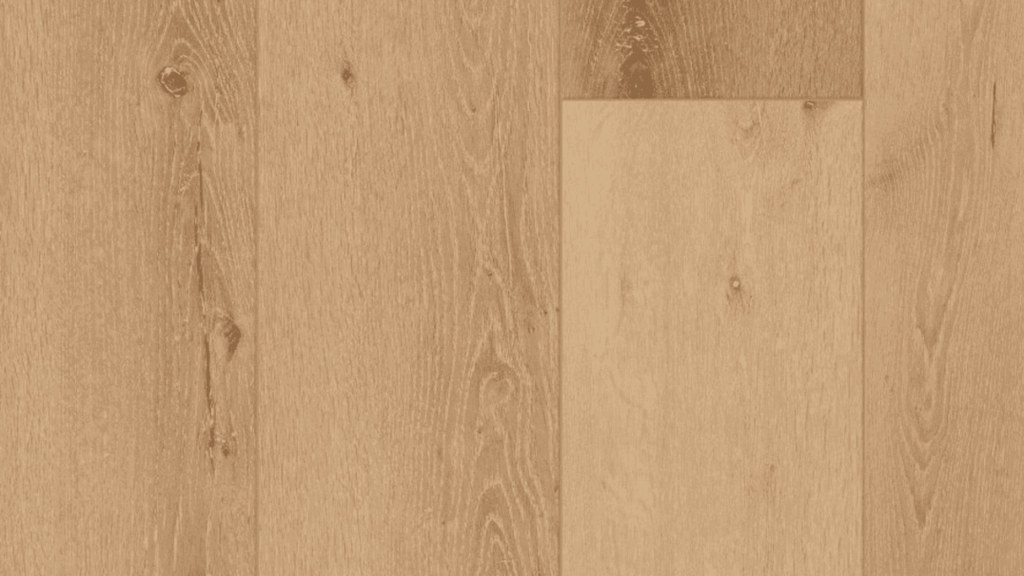
| Pros | Cons |
| – Budget-friendly – Scratch-resistant – Wide selection of wood-like finishes | – Less moisture-resistant – Can feel less premium compared to hardwood |
Laminate flooring has made great strides in replicating the look of hardwood. It consists of a high-density fiberboard (HDF) core topped with photographic and clear wear layers. Laminate is designed to resemble wood planks while offering greater resistance to scratches and stains. This makes it an excellent option for families or anyone looking for a durable flooring solution.
Laminate is also budget-friendly, often costing significantly less than hardwood and engineered wood. It’s relatively easy to install, featuring click-and-lock systems allowing floating floor installations. While laminate is water-resistant, it’s not waterproof, so it’s best suited for areas with low moisture levels, such as living rooms and bedrooms.
Tips:
Use rugs in high-traffic areas and clean spills immediately to prevent moisture damage.
4. Bamboo
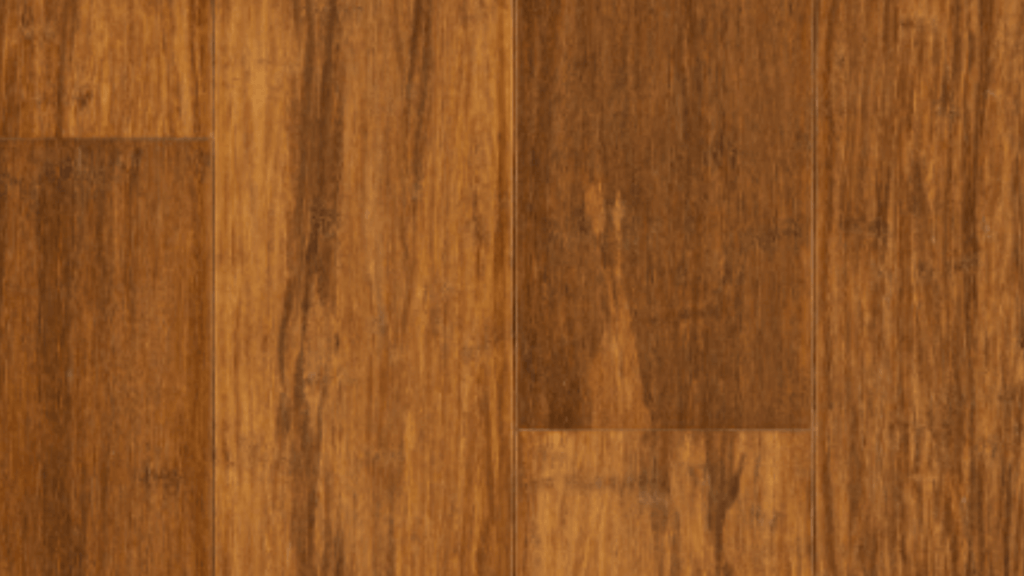
| Pros | Cons |
| – Eco-friendly and sustainable – Comparable look to hardwood – Durable in most conditions | – Can be vulnerable to moisture – Prone to scratches |
Bamboo flooring offers an eco-friendly alternative to traditional hardwood, made from a renewable resource that grows much faster than trees. Strand-woven bamboo, in particular, is known for its exceptional durability, often outperforming some hardwoods in strength. It comes in a variety of finishes, from natural light tones to darker stains, making it a versatile option for many design styles.
One of bamboo’s standout features is its sustainability. However, not all bamboo flooring is created equal. Lower-quality options may be prone to scratching or warping, especially in areas with high humidity. Opting for high-quality, strand-woven bamboo with proper sealing can help mitigate these issues.
Tips:
Sweep regularly to prevent scratches, and use a microfiber mop for gentle cleaning. Avoid exposing bamboo to excessive humidity.
5. Engineered hardwood
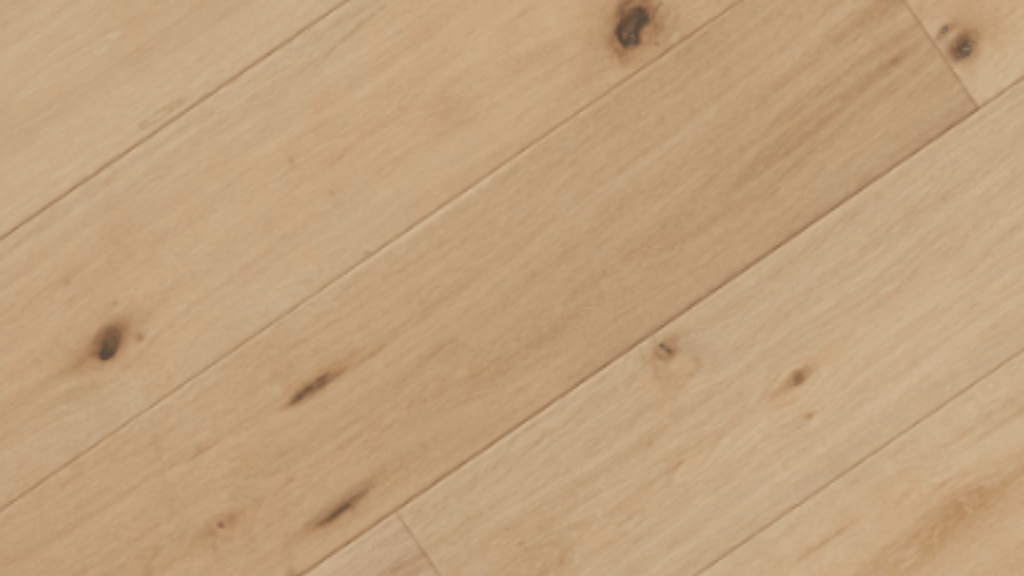
| Pros | Cons |
| – More moisture-resistant than solid hardwood – Retains the look of real wood – Easier installation | – Limited refinishing options – Pricier than other alternatives |
Engineered hardwood is an excellent compromise for homeowners who want the look of real wood without some of the drawbacks of solid hardwood. It consists of a thin veneer of real wood on top of a plywood or HDF core, which makes it more stable and resistant to warping from temperature and humidity changes.
This flooring option works well in areas where traditional hardwood might struggle, such as basements or over radiant heating systems. Engineered hardwood is available in a wide range of wood species, finishes, and plank widths, giving homeowners plenty of design flexibility. While it’s slightly more expensive than laminate, it often adds more value to a home, making it a worthwhile investment.
Tips:
Clean with a damp cloth and avoid using harsh chemicals. To protect the surface, use area rugs in high-traffic spaces.
6. Cork flooring
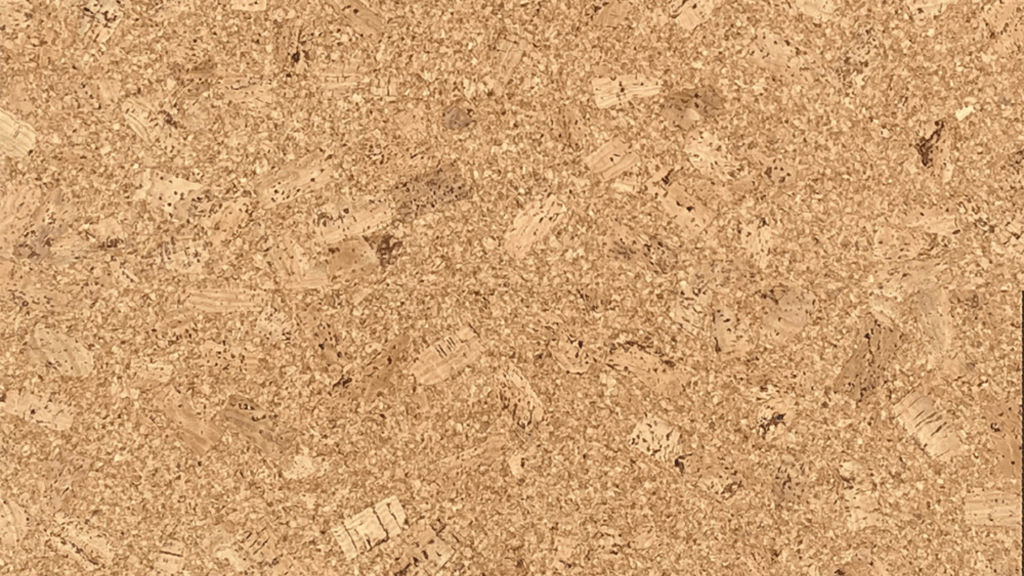
| Pros | Cons |
| – Eco-friendly and soft underfoot – Naturally resistant to mold and mildew – Provides thermal insulation | – Susceptible to scratches and dents – Requires sealing for moisture protection |
Cork flooring is a unique, eco-friendly alternative to hardwood. It offers a soft, cushiony feel underfoot and is made from the bark of cork oak trees. This sustainable option doesn’t require cutting down the tree. Cork flooring is naturally insulating, providing warmth and soundproofing, making it great for bedrooms and living spaces.
This material is also hypoallergenic and resistant to mold and mildew, making it a smart choice for allergy-prone households. However, cork is prone to dents and scratches, so it may not be ideal for high-traffic areas or homes with pets. Proper sealing can help extend its lifespan and protect against water damage.
Tips:
Seal cork flooring regularly to maintain moisture resistance and avoid dragging heavy furniture across its surface.
7. Concrete
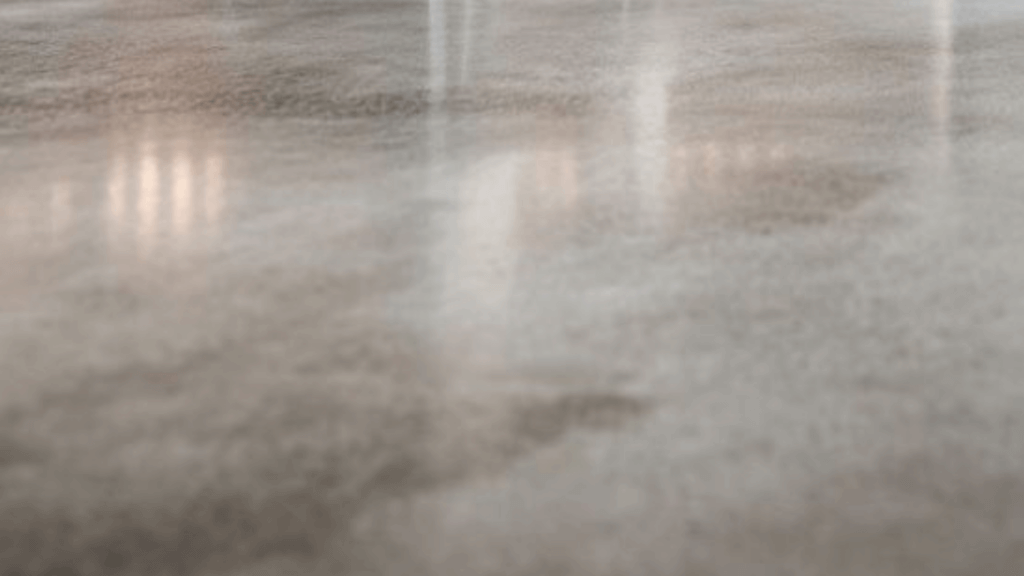
| Pros | Cons |
| – Incredibly durable and long-lasting – Customizable with stains and finishes – Low maintenance | – Cold and hard underfoot – Requires sealing to prevent stains |
Concrete flooring has gained popularity for its sleek, modern aesthetic and extreme durability. Polished or stained concrete can mimic a variety of looks, from marble to wood, and it holds up well in high-traffic areas. It’s an especially appealing choice for industrial or minimalist design styles.
While concrete is virtually indestructible, it can feel cold and hard underfoot. Adding area rugs or installing radiant heating can improve its comfort. This flooring type is also easy to maintain and sustainable, especially if you’re repurposing an existing concrete slab.
Tips:
Use a high-quality sealer to protect concrete floors from spills, and add rugs in common areas for comfort and warmth.
Bottom line
Hardwood flooring may be beautiful, but it’s not always practical for every home. Whether you’re looking for something more durable, affordable, or moisture-resistant, options like LVP, wood-look tiles, laminate, bamboo, and cork offer the same aesthetic appeal without the downsides. Explore these alternatives to find the perfect flooring for your lifestyle.
Want to learn more about construction materials and trends? Subscribe to our newsletter at Under the Hard Hat for insights and updates on the latest industry news!
